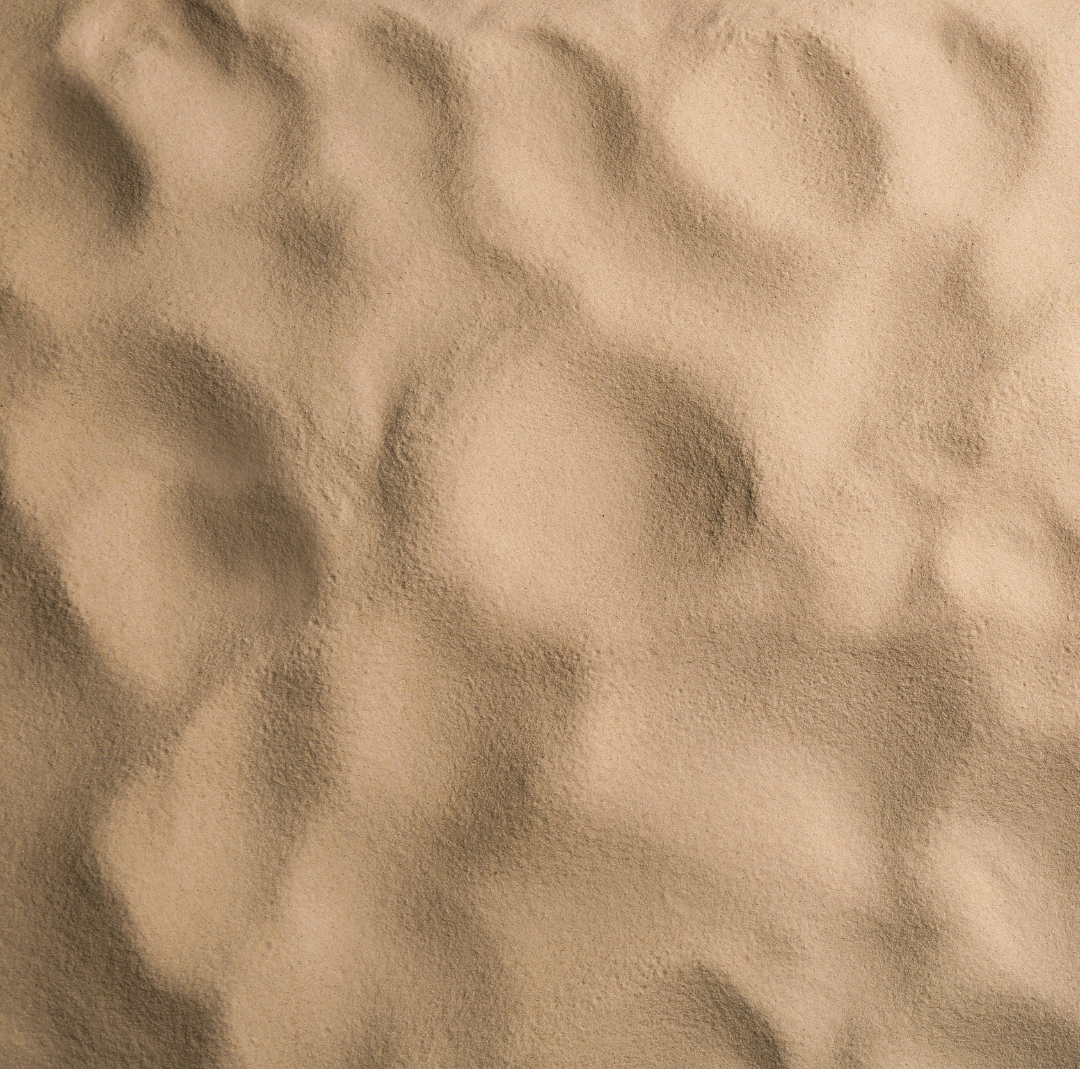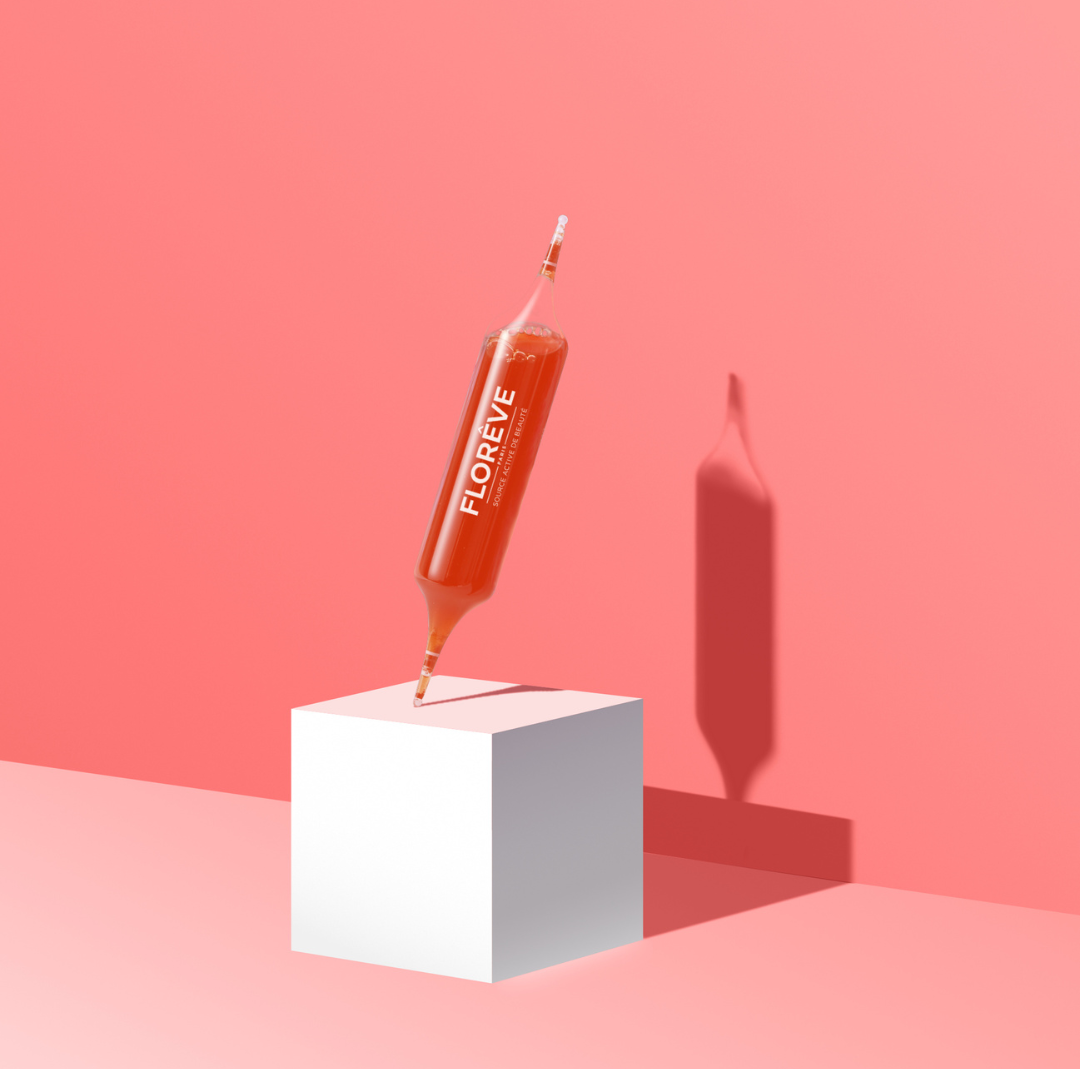
Visceral and subcutaneous fat, what's the difference?
Fat is our faithful ally in the face of environmental stresses, but modern material abundance has only accentuated its "fidelity"!
Getting rid of that stubborn fat can be tricky, so it's essential to address the cause rather than the consequence.
Understanding the type of fat present in our body is crucial. Indeed, there are two types of fats, distributed
differently in our body depending on various factors. It's time to learn more about these types of fats and how to tell them apart!

subcutaneous fat
Present in the abdominal omentum, thighs, buttocks, etc..., the subcutaneous fat protects us and helps us to maintain an optimal body temperature.
It is often nicknamed "stress fat" because it can increase in response to
high levels of stress.
It can also increase before menstruation, due to hormonal changes. It is therefore not uncommon to gain 2 kg before menstruation!
However, subcutaneous fat can lead to problems with blood circulation, limiting the drainage of waste and promoting
the appearance of cellulite.
Quels sont les signes d'une déshydratation ?
La déshydratation de la peau est facilement reconnaissable grâce à certains signes caractéristiques. Elle se manifeste généralement par une perte de souplesse, des sensations d'inconfort et l'apparition de ridules de déshydratation.
Lorsque le corps manque d'eau, cela affecte également la circulation sanguine, entraînant une irrigation insuffisante de la peau. Cette mauvaise circulation sanguine se traduit par un teint terne.
Heureusement, ces symptômes sont réversibles, à condition d'adopter la bonne routine !

visceral fat
Visceral fat is mainly stored
in the liver and the walls of blood vessels.
It is often invisible outside the body and is detectable in medical tests.
People prone to visceral fat often have an “apple-shaped” silhouette: the
fat is concentrated in the abdomen.
This fat is closely linked to a diet high in sugars and is associated with problems with
health such as diabetes and high blood pressure.
it is important to understand that it is not excess dietary fat that causes
increased visceral fat levels, but rather excessive sugar consumption
refined or processed.

For the human brain, the only energy available is sugar, more specifically glucose. When we are tired, depressed and need energy, sugar gives us quick access to energy.
After consumption of a sweet food, the liver secretes insulin to bring the sugar into the cells and lower the glycemia (blood sugar level). This sugar is then turned into glycogen and stored in the liver or muscles, and if there is too much of it, it is converted into fat.

What solutions does Florêve offer?
Florêve works on the problems at the source to offer different multidimensional solutions adapted to the different types of grease. The products in the Slim Inside range have been carefully formulated to guarantee their effectiveness and your results?
These two products are complementary and can act in synergy to facilitate weight loss.

- Reduces subcutaneous fat by draining the body and facilitating the elimination of toxins.
- Controls appetite and facilitates weight loss
- Reduces stress
- Drains edema

